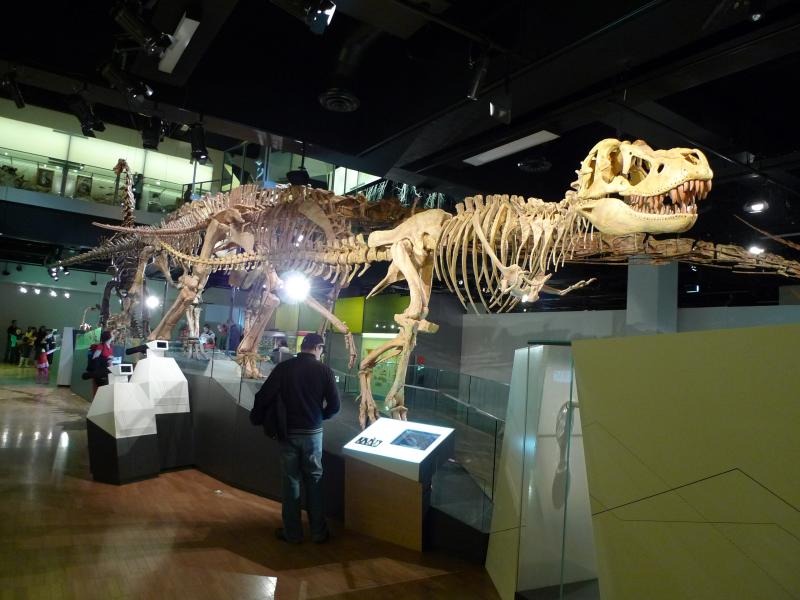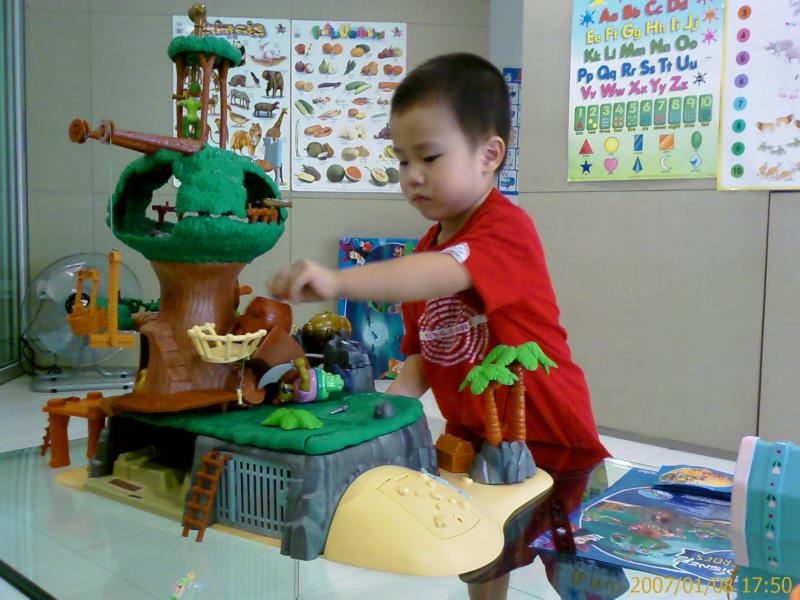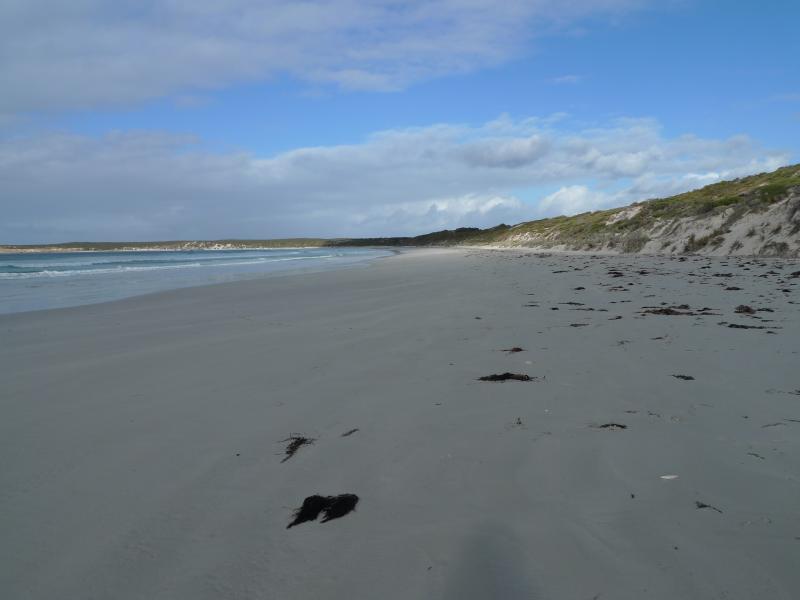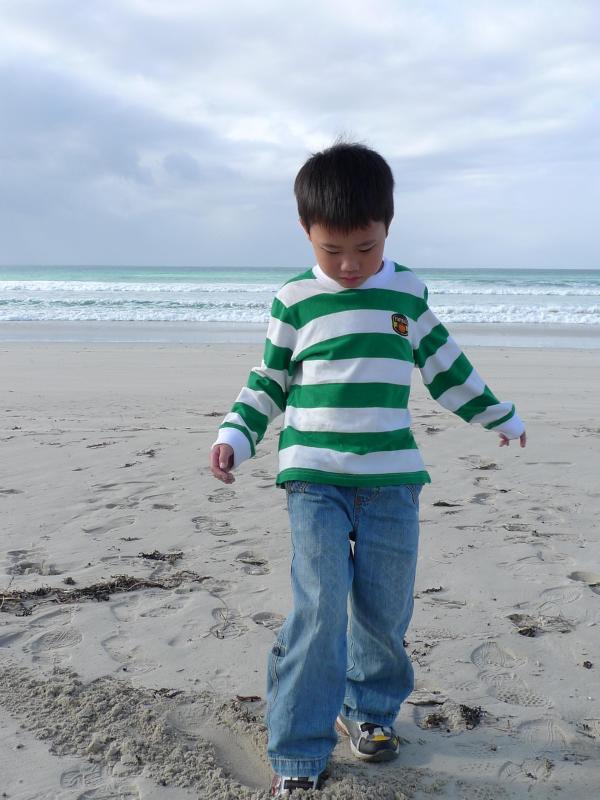One of the best things about Kangaroo Island on South Australia is its abundance of wildlife beyond just kangaroos and other marsupials (the traditional hallmark of Australian fauna). As a sanctuary for many marine-based birds and animals, the island attracts a wide diversity of wildlife both avian and aquatic. Many of these animals are indigenous to the island, and they include the Australian Sea Lion and New Zealand Fur Seals, members of the well-loved Pinniped family of marine-based mammals that exhibit interesting social behaviours.
To catch those blubber-coated creatures up close and personal, we ventured to Seal Bay at Kangaroo Island on the second day of our trip there. Here are some photos of our journey.

Seal Bay is both a conservation park, wildlife reserve and a tourist attraction rolled into one. Here’s a usual pose by the sign post.










